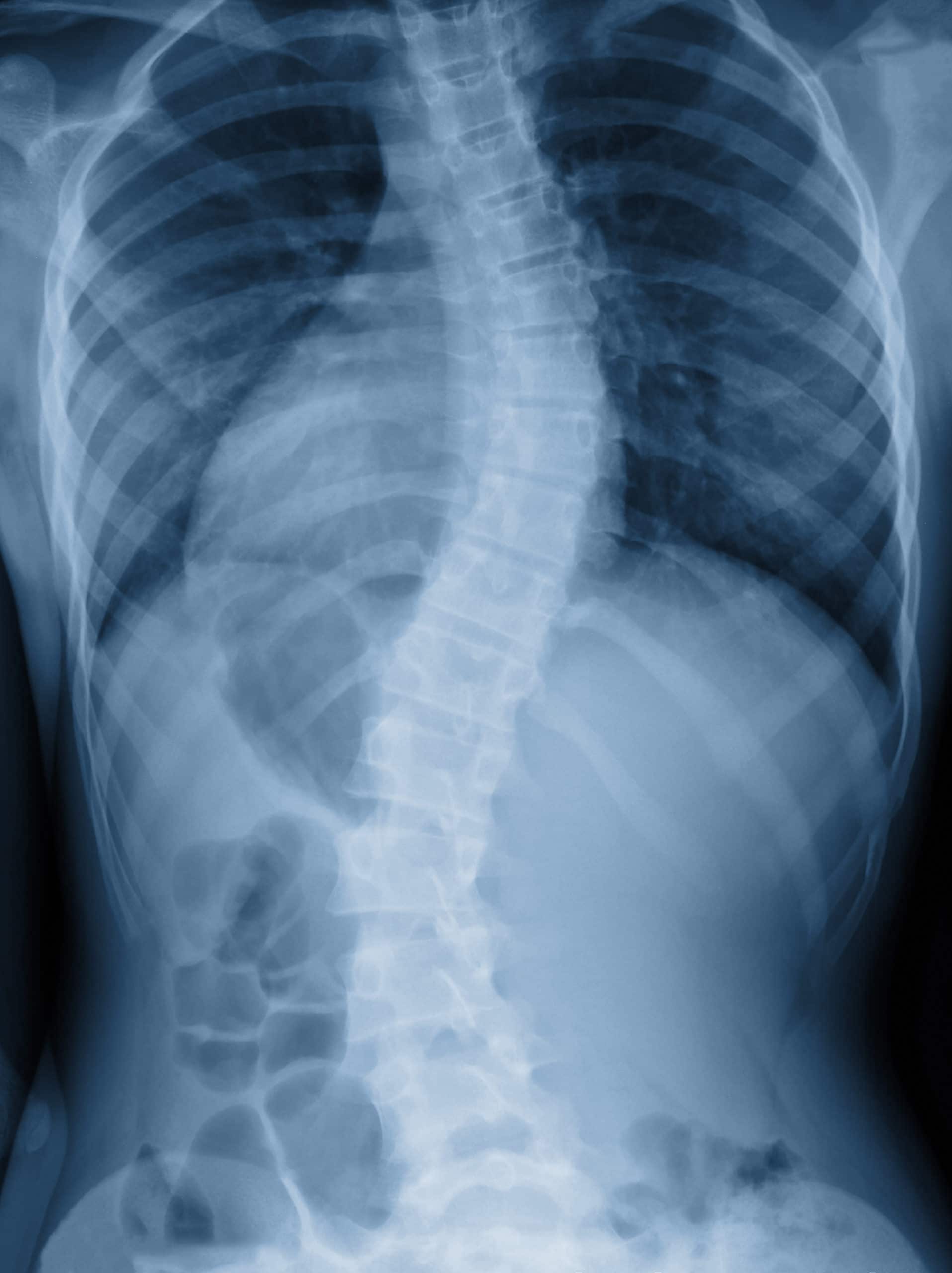
SCOLIOSIS
Does your child have shoulder blades that stick out?
Have you noticed an uneven waist or shoulders on your child?
Do you think that their body leans to one side?
If any of these questions raise concern then you may want to find out if your child has scoliosis. Most children end up finding out that they have scoliosis during a visit to the doctor or at a school medical examination.
Scoliosis is a condition that describes an abnormal curve in the backbone or spine. It is common for scoliosis to be evident before children hit puberty or during a growth spurt. Unlike regular spines, which have a straight appearance from the front, spines of scoliosis victim appear to be curved from the back and front.
Three kinds of curves are possible with scoliosis. These include the “two curves”, dextroscoliosis, and levoscoliosis. “Two curves” is when the spine resembles a shape like the letter “S”. Dextroscoliosis refers to a right curve in the spine, whilst levoscoliosis refers to a left curve. Girls have twice the likelihood of developing scoliosis, especially between 10 to 16 years old. It is classified as a hereditary condition, though severity and curvature can vary.
The various types include idiopathic, degenerative, neuromuscular, and congenital scoliosis. Causes of scoliosis are still being researched, though there are several theories available. The most common form is, idiopathic scoliosis, which does not have a known cause. However, many suspect that it is inherited.
Injuries, back surgeries, illnesses, bone collapse, and osteoporosis can lead to degenerative scoliosis. Abnormal muscles and nerves are commonly associated with neuromuscular scoliosis and are typically present in victims of paralysis, cerebral palsy, and spina bifida. Congenital scoliosis is evident from birth and is caused by bone abnormalities.
Scoliosis can cause pain, lowered lung and heart function, and limited abilities. There are a number of psychological issues that stem from scoliosis as well, such as low self-esteem. However, the majority of scoliosis victims only have a slight curvature, which does not hinder their abilities or appearance.
Scoliosis Evaluation and Treatment
The first step for scoliosis evaluation is for victims to undergo a physical examination and provide medical history. If a curvature is found, then further evaluation is necessary. It is common for doctor to require an x-ray in order to evaluate the spine even further. Other types of tests may be required as well, depending on the doctor and the severity of the condition.
The most common treatments for scoliosis include observation, physical therapy, bracing, and surgery. In adolescents, observation is crucial to make sure that scoliosis does not worsen or cause other issues. Bracing is commonly used on young children with moderate curvature who are still developing their skeleton. Surgery is recommended if the curve exceeds 45 degrees and is worsening. It can also be required when scoliosis interferes with proper vital organ, lung, or heart function.
Chiropractic treatments for scoliosis include therapeutic exercises, mechanical traction, spinal manipulation, and possibly bracing.
Contact Pinnacle Chiropractic and Spinal Rehab Center today in Highlands Ranch, CO for more information on our scoliosis treatments or to book an appointment.


